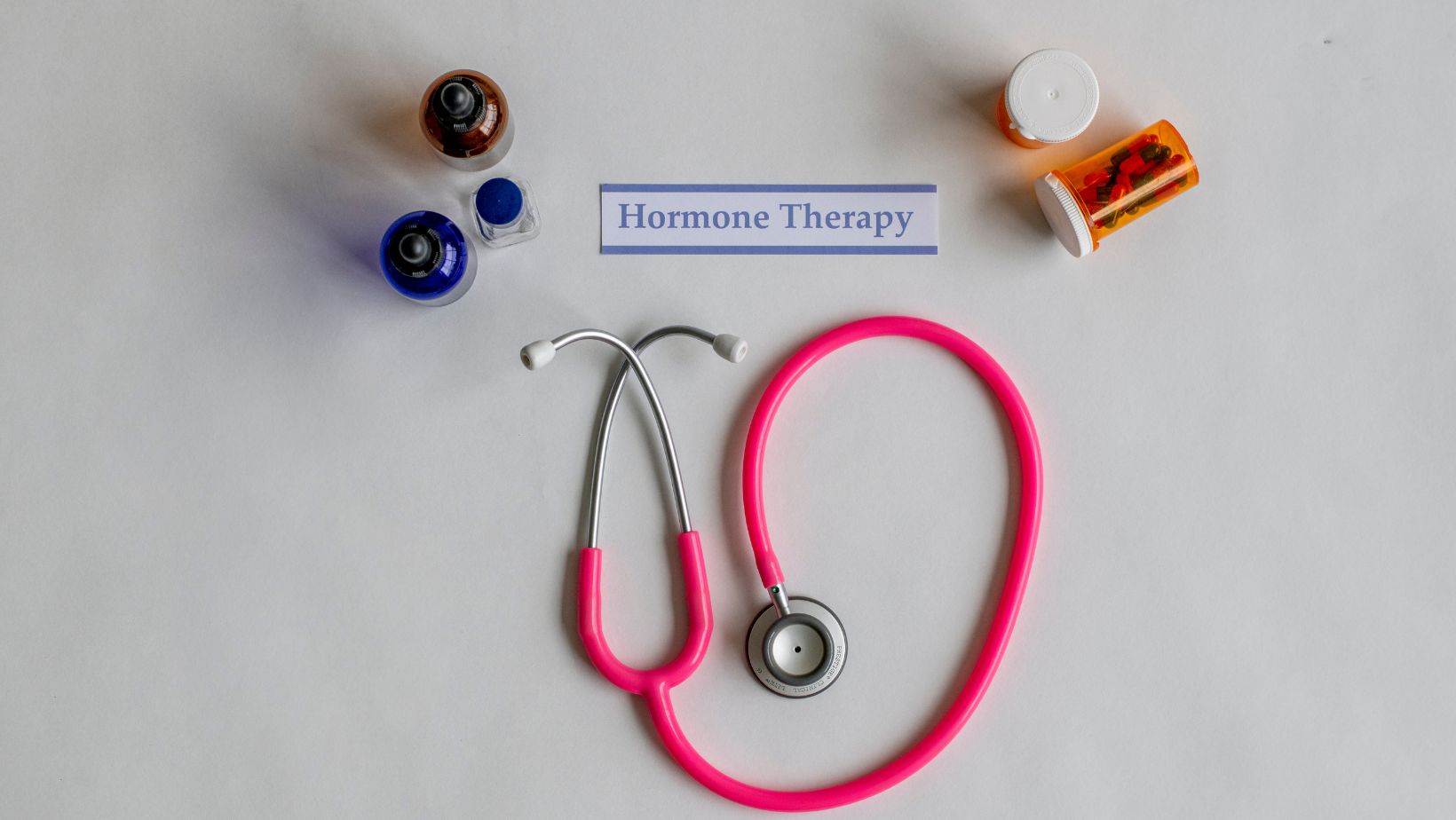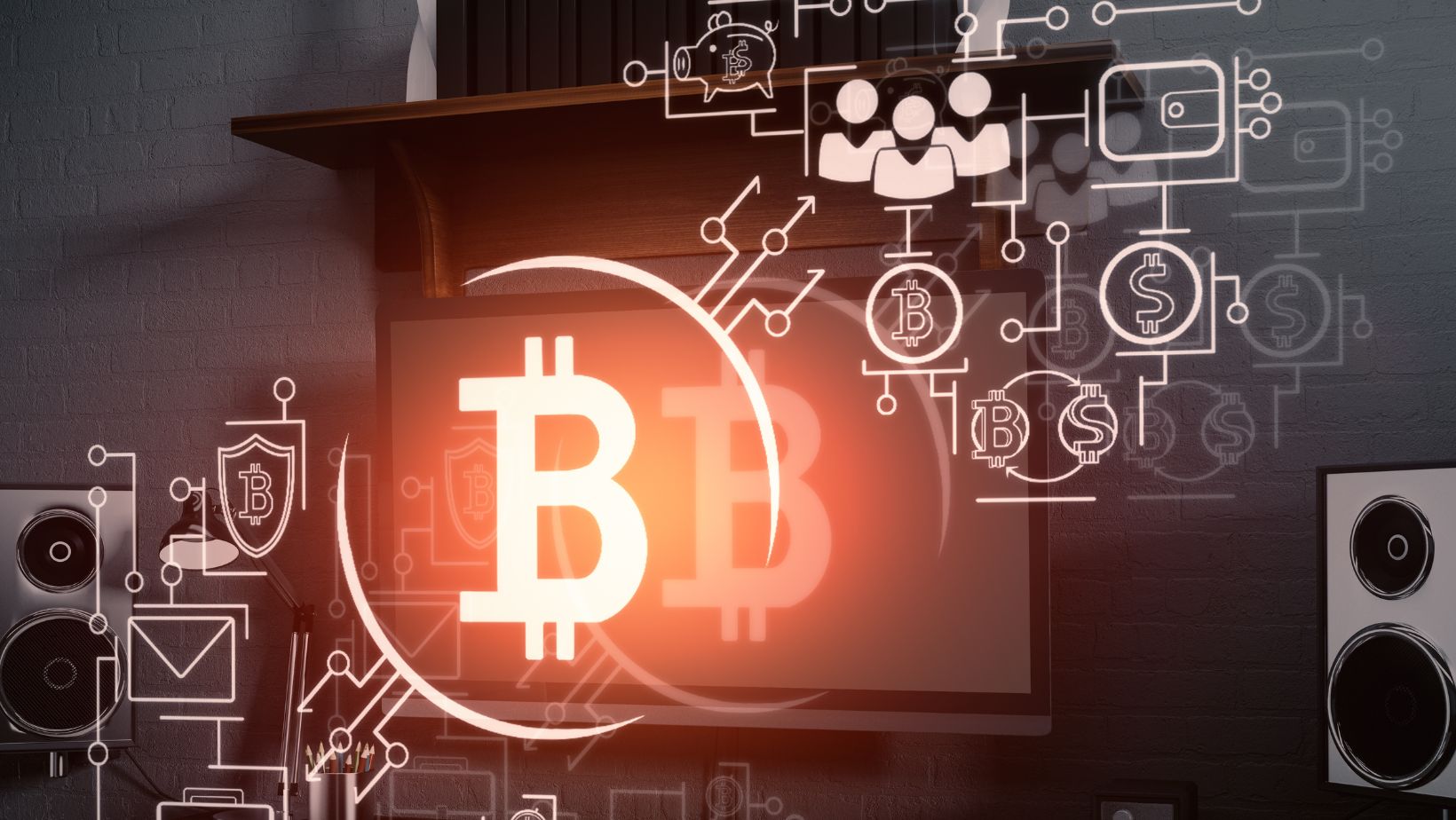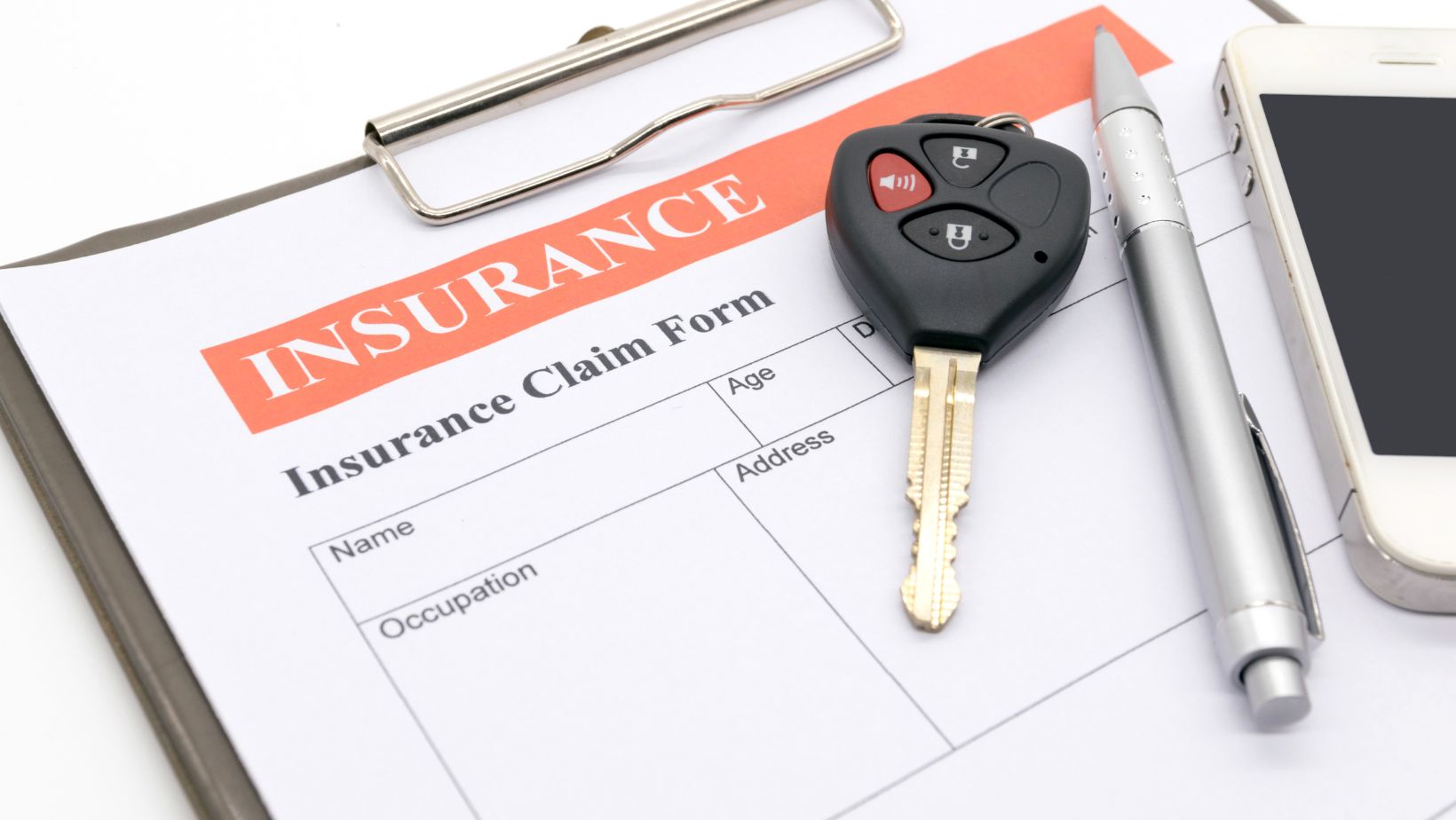Want to know what elements determine your collision insurance rates?
Auto insurance premiums have experienced extreme fluctuations over the past few months. Collision coverage costs escalated to unprecedented levels in 2025 causing financial strain for numerous drivers.
The truth is…
Learning about the factors that determine your collision insurance rate allows you to make better decisions and save hundreds of dollars annually.
What You Need to Know
- What Is Collision Insurance?
- Top Factors Affecting Your Collision Insurance Premium
- How Vehicle Choice Impacts Your Rates
- Practical Ways to Lower Your Collision Insurance Premium
What Is Collision Insurance?
Collision insurance provides payment for vehicle repairs when you collide with another car or an object, such as a tree or pole.
Collision coverage stands as optional insurance in most states, unlike liability insurance, which remains mandatory except when you lease or finance your vehicle. If you don’t opt for collision insurance, you will be responsible for all repair costs to your vehicle after you cause an accident.
Here’s why collision insurance matters:
- You will receive coverage for vehicle repair expenses even if you cause the accident.
- It protects your investment in your vehicle
- Newer or more valuable cars receive additional security when insured through collision coverage.
Your collision coverage becomes active to pay for repair costs after you complete your deductible payment following an accident. If you have collision insurance with a $500 deductible and sustain $3,000 worth of damage, your insurance will pay for $2,500 of the repair costs after you pay the $500 deductible yourself.
Industry data shows that the typical collision claim in 2025 will reach $4,650, while most drivers will struggle to pay this amount directly from their own resources. This is where having quality collision coverage from a reputable provider comes into play.
Factors Affecting Your Collision Insurance Premium
Insurance companies employ complex algorithms together with extensive statistical data to evaluate your risk level. Your collision coverage cost is determined by several important factors.
1. Your Vehicle’s Value and Type
Collision insurance rates increase with higher repair or replacement costs for your car. Luxury vehicles and newer models generally result in higher insurance costs.
Insurance companies consider:
- Make and model
- Age of the vehicle
- Repair costs for that specific vehicle
- Replacement value
A brand-new Tesla has higher collision premiums than a 10-year-old Honda Civic, as the repair and replacement costs for the Tesla are substantially greater.
The projected 2.8% rise in property/casualty insurance replacement costs for 2025 surpasses the Consumer Price Index (CPI) because of increasing auto replacement expenses.
2. Your Driving History and Record
The way you drove previously serves as the most reliable measure of your future risk potential. Insurance companies set lower premiums for drivers who maintain clean records while increasing costs for those with accident histories or driving violations.
One at-fault accident may lead to a collision premium hike of 40% or above, and the additional charge could remain on your record for 3 to 5 years, based on your location and insurance provider.
Analysts project a substantial rise in collision claims that surpasses the historical average by 8.5% in the United States. The insurance companies now show greater sensitivity to at-fault claims listed on your insurance record.
3. Your Deductible Amount
Your deductible has a direct inverse relationship with your premium: Higher deductibles lead to lower premiums, while lower deductibles result in higher premiums.
When you raise your deductible from $500 to $1,000, you can reduce your collision premium between 15% to 20%. Ensure your finances allow for the payment of a higher deductible before choosing to increase it after an accident occurs.
4. Your Location and Where You Park
Your living location directly influences the amount you pay for collision insurance. People living in urban areas with more accidents and crime will pay more for insurance compared to those in rural areas who experience less traffic.
Personal auto rates are expected to rise by 7% in 2025, which will be partially driven by a 3.8% increase in repair costs despite a slowed pace of rate increases.
How Vehicle Choice Impacts Your Rates
The type of car you own greatly affects the price of your collision insurance coverage. Here’s why:
Repair Costs
The complexity of modern vehicles, combined with advanced technology, makes them costly to repair. Vehicle collisions that appear minor can result in repair bills reaching thousands of dollars due to modern technological features.
- Advanced driver assistance systems (ADAS)
- Multiple sensors and cameras
- LED headlights and complex electronics
- Special materials like aluminum or carbon fiber
The truth is…
The majority of drivers remain unaware of the extent to which new technological advancements in vehicles have increased repair expenses. Bumper replacements, which used to cost $500 ten years ago, now cost between $1,500-$3,000 when they include parking sensors and cameras, among other electronics. Using a trustworthy service like Caliber auto body repair shop is essential.
Vehicle Size and Type
Generally speaking:
- SUVs and trucks receive lower collision premiums since they inflict greater damage during accidents compared to what they sustain.
- High-performance vehicles and sports cars incur higher insurance premiums because of their speed capabilities and accident statistics.
- The cost of insuring electric vehicles rises because their battery systems are expensive, and they require special repairs.
Practical Ways to Lower Your Collision Insurance Premium
The positive aspect is that multiple practical strategies exist to help you reduce your collision insurance expenses.
1. Bundle Your Policies
When you combine your auto insurance with homeowners or renters insurance, you can receive a discount ranging from 5% to 25% on both policies.
2. Raise Your Deductible
You can reduce your collision premium by 15-40% if you raise your deductible from $500 to $1,000 or $2,000. Verify that you possess sufficient funds to pay the increased deductible when necessary.
3. Take Advantage of Discounts
Different discounts exist from most insurers, for which you could potentially meet the requirements.
- Safe driver discount (no accidents/violations)
- This discount applies to drivers who drive fewer than 10,000 miles each year.
- Military or senior discounts
- Good student discounts (for younger drivers)
You need to directly contact your insurance provider to find out which discounts you may be eligible for. Numerous drivers qualify for discounts they are completely unaware of.
4. Consider Usage-Based Insurance
Insurance providers now have programs that monitor your driving behavior via mobile applications or devices and reward you with discounts based on your driving frequency and safety.
Drivers who maintain safe habits have the potential to save between 10% and 40% through these insurance programs.
5. Shop Around Regularly
Insurance companies all employ distinct formulas to assess risk, which results in widely varying rates between different providers. According to experts, you should request price quotes from a minimum of 3-5 companies during each 6-12 month period.
Most motorists choose to stay with one insurance company for several years because it’s convenient, but this decision leads them to pay hundreds or thousands of dollars more than necessary.
Looking Ahead
The total cost of your collision insurance depends on multiple factors that you have the power to influence. With insight into your premium’s components, you can make decisions that achieve a cost-coverage balance.
The United States will see full coverage car insurance reach unprecedented cost levels. Projections estimate full coverage car insurance will cost approximately $2,101 annually in 2025, and some sources predict costs could rise to $2,638.
Although increasing expenses are worrisome, remember that collision insurance exists to safeguard your financial health. If you lack adequate coverage, you will face thousands in expenses after an accident.
Regularly review your policy while inquiring about discounts from your insurance agent and keeping your driving record clean. Following these basic steps will help you secure the most favorable rate for your collision insurance coverage.
Have you reviewed your collision coverage lately? Making strategic changes to your policy has the potential to reveal significant savings that might surprise you.





 Among these, online lottery games particularly Toto Macau have emerged as a popular pick, especially in Southeast Asia. Unlike conventional lottery formats, which usually draw numbers once a day, Toto Macau operates on an entirely different level.
Among these, online lottery games particularly Toto Macau have emerged as a popular pick, especially in Southeast Asia. Unlike conventional lottery formats, which usually draw numbers once a day, Toto Macau operates on an entirely different level.
















 From a venture capital perspective, this changes the narrative. ESG is no longer seen as a check-the-box compliance task. It’s becoming a sign of quality. Investors now view ESG as a lens that reveals which startups are built for longevity, not just fast exits.
From a venture capital perspective, this changes the narrative. ESG is no longer seen as a check-the-box compliance task. It’s becoming a sign of quality. Investors now view ESG as a lens that reveals which startups are built for longevity, not just fast exits.





